The past was full of conveniences and innovations that made life easier—or so we thought at the time. Many of the everyday items we relied on back then came with hidden dangers that wouldn’t pass muster today. From toxic materials to hazardous designs, these products reflect a time when safety standards were more of a suggestion than a rule. Looking back, it’s hard not to marvel at how we survived some of these things. Let’s take a closer look at 14 everyday items from the past that would be banned in today’s world.
1. Glass Baby Bottles
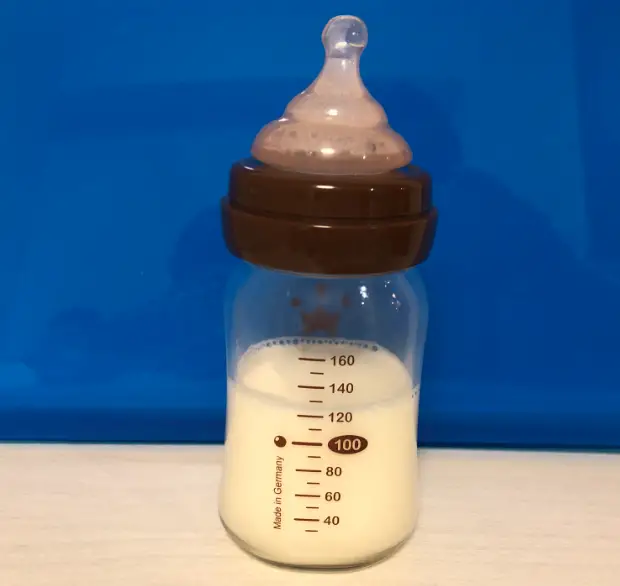
Glass baby bottles were once the standard, but their fragility posed a significant risk. If dropped, they could shatter into sharp shards, creating a hazard for both babies and caregivers. While they were easy to sterilize, the danger of broken glass made them far from ideal.
Today, plastic and silicone bottles have largely replaced glass, offering safer, more durable options. While some parents still prefer glass for its eco-friendliness, modern versions are made with tempered glass to minimize risks. The old-style bottles, however, would never meet today’s safety standards.
2. Lead-Based Paint
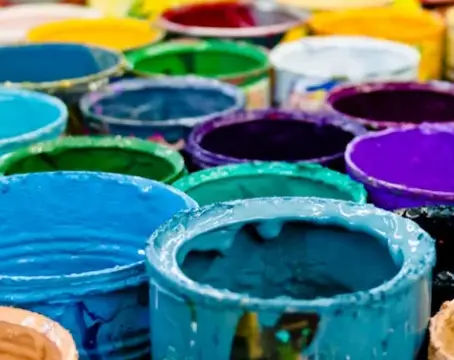
For decades, lead-based paint was the go-to option for homes, toys, and furniture. It was durable, vibrant, and widely available. Unfortunately, it was also incredibly toxic, especially to children who might chew on painted surfaces or inhale dust from deteriorating paint.
It wasn’t until the dangers of lead poisoning became widely understood that this once-common product was banned in the late 1970s. Today, the idea of using lead in anything that comes into contact with humans would be unthinkable. Lead-based paint is a stark reminder of how little we once knew about the materials we used daily.
3. Lawn Darts
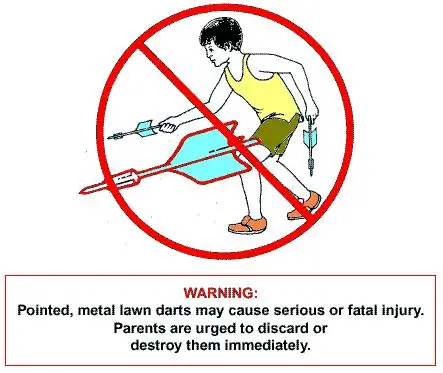
Jarts, as they were often called, were a popular backyard game in the 1970s. The concept was simple: toss heavy, metal-tipped darts into a target ring on the ground. The problem? These darts were more like weapons, and injuries—some serious—were common.
After numerous accidents, including fatalities, lawn darts were banned in the late 1980s. Today, they serve as a cautionary tale about the importance of safety in toy design. While the game was undeniably fun, its risks far outweighed its rewards.
[Source: U.S. Consumer Product Safety Commission]
4. Asbestos Insulation
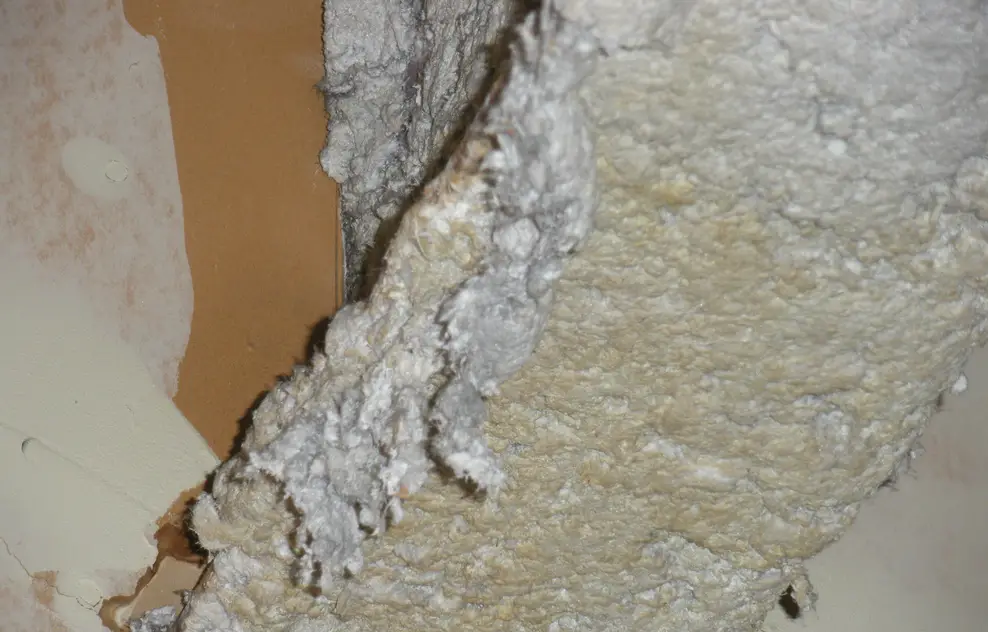
Asbestos was once hailed as a miracle material for its fire-resistant and insulating properties. It was used in everything from home insulation to ceiling tiles and even some clothing. However, it was later discovered that asbestos exposure could cause severe respiratory diseases, including mesothelioma.
Despite its widespread use, asbestos was eventually banned in many countries by the late 20th century. Today, even the thought of handling asbestos without protective measures would cause alarm. It’s a prime example of how materials once seen as revolutionary can later prove to be dangerous.
5. Mercury Thermometers
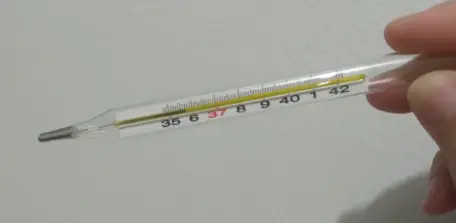
Mercury thermometers were once a household staple for checking fevers or measuring temperatures. The shiny liquid inside fascinated kids, but it was also highly toxic. If the thermometer broke, the mercury could vaporize and pose serious health risks.
Today, most mercury thermometers have been replaced by digital alternatives, and their use is heavily restricted. While they were reliable and accurate, the risks of mercury exposure have made these once-common items a thing of the past.
6. Cigarette Vending Machines

In the mid-20th century, cigarette vending machines were everywhere, offering easy access to tobacco products with no age restrictions. Teens could easily buy a pack without any questions asked, and the machines were a common sight in restaurants, bars, and even schools.
Today, with strict laws around tobacco sales and underage smoking, these machines would be unthinkable. They reflect a time when smoking was so normalized that little thought was given to the consequences. The ban on these machines is a testament to how much attitudes toward smoking have shifted.
7. Radium Watches
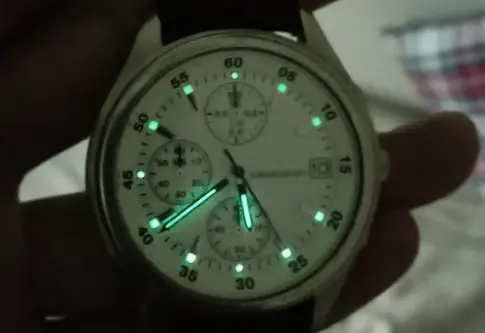
In the early 20th century, radium was used to make glow-in-the-dark watch faces, a novelty that fascinated buyers. Workers, mostly young women, painted the dials by hand, often using their lips to shape the brush tips—a practice that exposed them to dangerous levels of radiation.
The health risks of radium became apparent after many workers developed radiation poisoning. Today, the idea of using radioactive materials in consumer goods would be banned outright. Radium watches remain a chilling reminder of the cost of early technological advances.
8. Bare Electrical Wires

In the early days of electricity, wires were often left exposed or wrapped in fabric insulation that could easily fray. This created a constant risk of electrical shocks and fires, especially in homes with curious children or pets.
Modern electrical systems are heavily regulated, with insulated wires and strict safety codes. The thought of exposed electrical wiring in a home today would send shivers down anyone’s spine. It’s a stark contrast to the more relaxed approach of the past.
9. Metal Playground Equipment
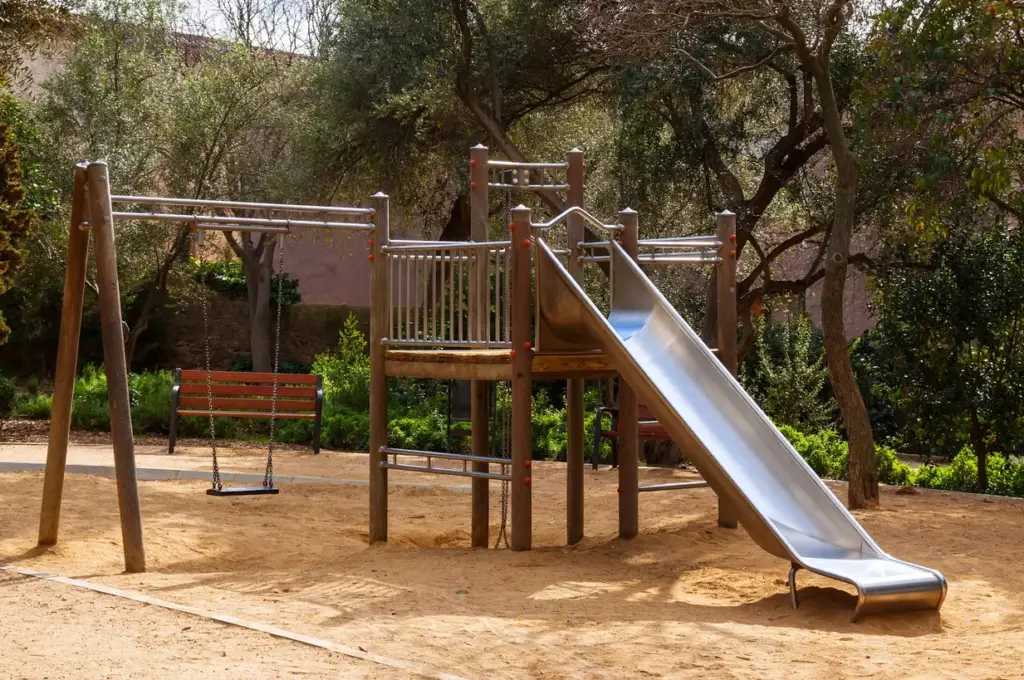
Playgrounds of the ’70s and ’80s were often built with heavy metal equipment that could become blistering hot in the sun. Metal slides, monkey bars, and seesaws were durable but unforgiving, leading to countless burns, bruises, and broken bones.
Today’s playgrounds prioritize safety, with plastic equipment, rubberized surfaces, and designs meant to minimize injury. The metal structures of the past would never meet today’s standards, but they remain a nostalgic—and slightly terrifying—memory.
10. High-Lead Crystal Glassware
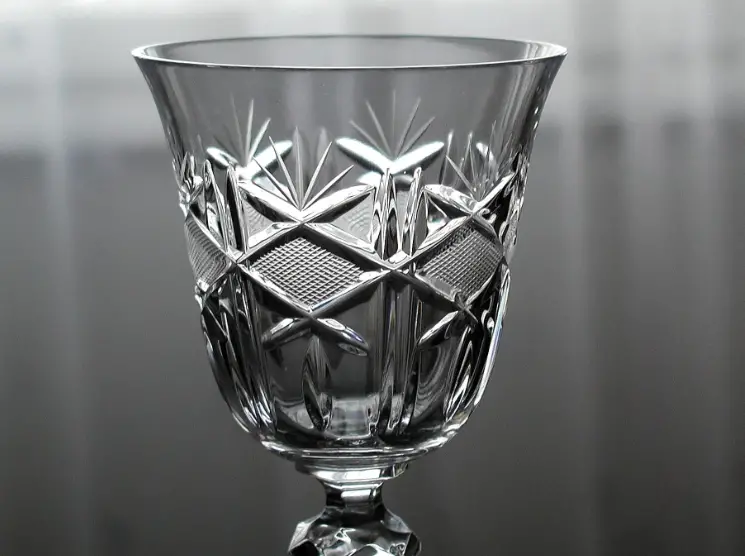
Lead crystal glassware was once a sign of elegance and sophistication, often used for fine dining and special occasions. However, it was later discovered that lead could leach into food and drinks, posing a health risk with prolonged use.
While lead crystal is still produced, its use is now heavily regulated, and many manufacturers have shifted to lead-free alternatives. The idea of casually drinking from high-lead glassware today would raise more than a few eyebrows, reflecting how much our understanding of safety has evolved.
11. DDT Sprays
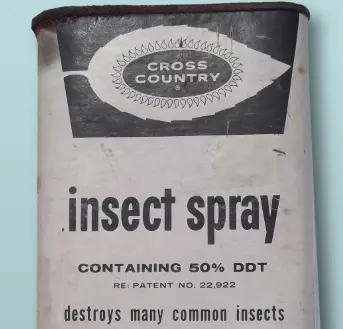
In the mid-20th century, DDT was a widely used pesticide, sprayed liberally in homes, gardens, and even on people to kill insects. While it was effective, the chemical was later found to have devastating environmental and health consequences, including its impact on wildlife and its links to cancer.
DDT was banned in many countries by the 1970s, but its legacy lingers as a warning about the unchecked use of chemicals. Today, the idea of spraying such a toxic substance around living spaces would be met with outrage.
[Source: EPA]
12. Toy Guns with Realistic Features

In the ’70s and ’80s, toy guns were designed to look incredibly realistic, often made of metal and painted black. They were so convincing that they could easily be mistaken for real firearms, leading to dangerous situations with law enforcement and the public.
Today, toy guns are required to have bright colors or orange tips to distinguish them from real weapons. The hyper-realistic designs of the past would never be allowed now, as the risks far outweigh any nostalgic charm.
13. Unsafe Car Seats for Kids

In the ’70s, car seats for children were more about convenience than safety. Many were flimsy, poorly secured, and designed to keep kids comfortable rather than protect them in a crash. Some were little more than padded boosters with no real restraints.
Modern car seats are rigorously tested and designed to meet strict safety standards. The poorly designed seats of the past highlight just how far we’ve come in prioritizing child safety on the road.
14. Chlorofluorocarbon (CFC) Aerosols

Hairsprays, deodorants, and other aerosol products in the past often used chlorofluorocarbons (CFCs) as propellants. These chemicals were later discovered to be a major contributor to ozone layer depletion, prompting a global effort to ban their use.
Today, CFCs are outlawed in most products, and environmentally friendly alternatives have taken their place. The widespread use of CFC aerosols reflects a time when environmental impact wasn’t yet a major concern, something that has drastically changed in the years since.
[Source: EPA]
These everyday items from the past may seem shocking now, but they were part of life for many of us growing up. They serve as a reminder of how far we’ve come in prioritizing health, safety, and sustainability. While we may look back on them with nostalgia, we can also be thankful for the progress we’ve made.


